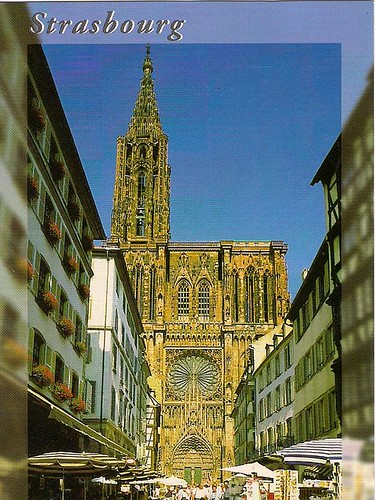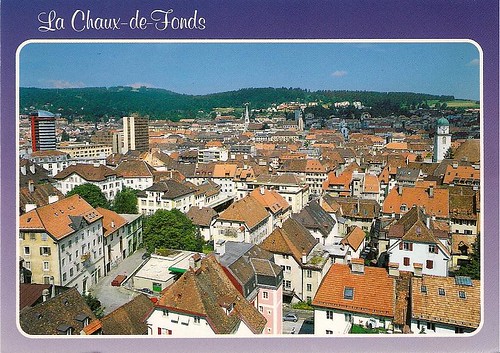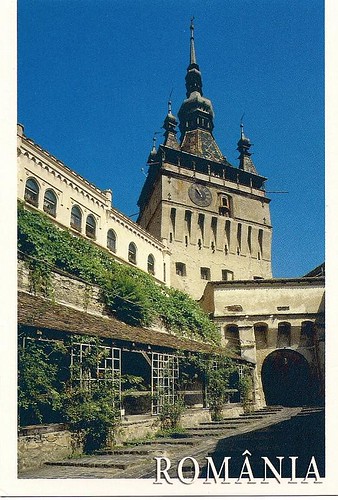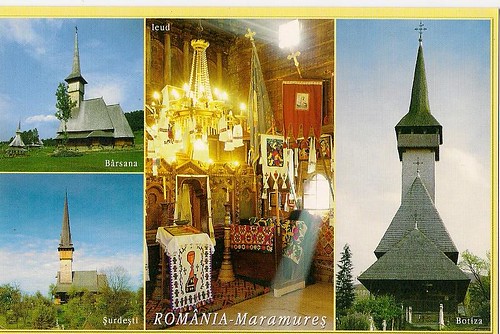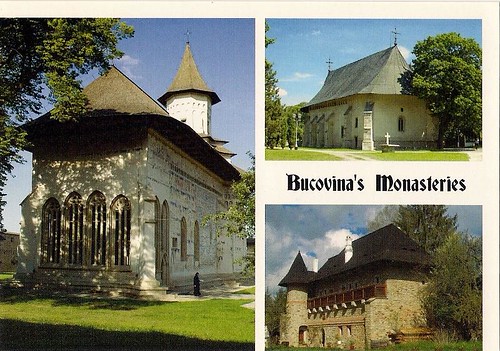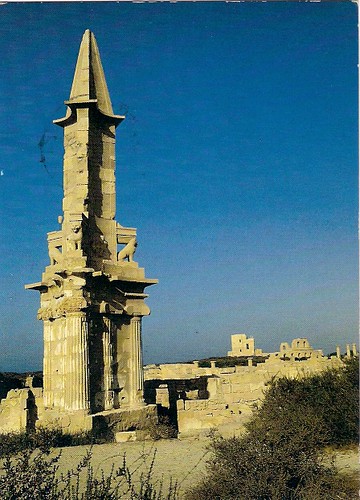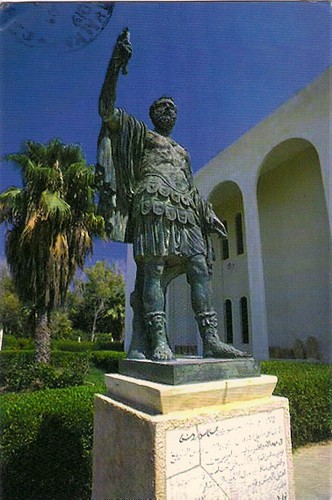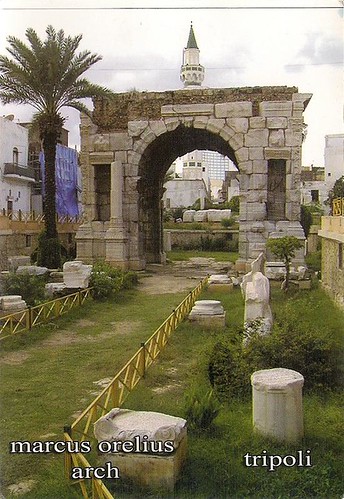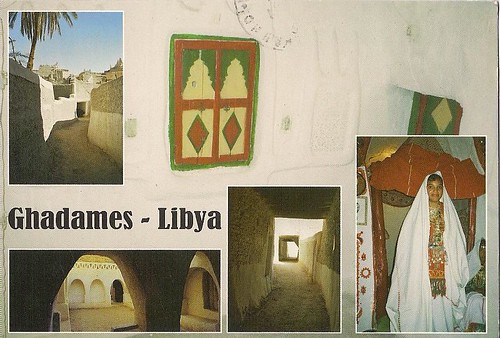Strasbourg, France
Strasbourg is the capital and principal city of the Alsace region in northeastern France.Strasbourg's historic city centre, the Grande Île ("Grand Island"), was classified a World Heritage site by UNESCO in 1988, the first time such an honor was placed on an entire city centre.Grande Île, the historic centre of Strasbourg, France, is an island in the Ill River.Aside from the Strasbourg Cathedral—the world's fourth-tallest church and an ornate example of 15-century gothic architecture—Grand Île is home to four other centuries-old churches: St. Thomas, St. Pierre-le-Vieux, St. Pierre-le-Jeune, and St. Étienne. You can see Strasbourg Cathedral in the picture.
Read more...